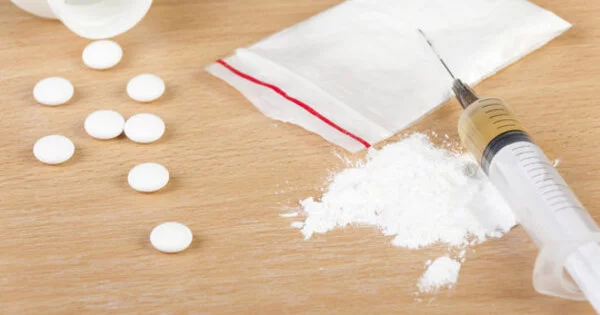Polysubstance dependence is a type of substance use disorder in which an individual indiscriminately uses at least three different classes of substances and does not have a favorite substance that qualifies for dependence on its own. Polydrug use is the use of more than one drug at the same time. Although polysubstance abuse frequently refers to the use of multiple illicit drugs, it also includes the use of prescription medications in nonmedical situations. Although any three substances can be used in any combination, studies have shown that alcohol is frequently combined with another substance.
One study on polysubstance use found that participants who used multiple substances were divided into groups based on their preferred substance. The findings of a longitudinal study on substance use led the researchers to conclude that excessive use or reliance on one substance increased the likelihood of excessive use or reliance on another.
The distinction between abuse and dependence is clear at the extremes. The abuser goes through phases in which he appears to be able to take it or leave it, using the substance in a controlled manner or avoiding it entirely. Substance abuse eventually leads to addiction. When the on-again, off-again binges become continuous use, the line between the two is crossed. At this point, the user’s motivation has changed from pleasurable recreation to needing the substance on a regular basis just to get through the day.
Brain imaging of drug addicts has shown that repeated substance use changes the brain, including the parts of the brain that give a person self-control. These brain changes explain why it is so difficult to quit, even when an addict feels ready. Furthermore, those who abuse multiple substances are more likely to develop various diseases and disorders. Chronic diseases, such as hepatitis C, are common in heavy drinkers who inject drugs, and tobacco smokers who use cocaine are more likely to have a heart attack.
Polysubstance addiction is complicated, but it is treatable. As with any course of treatment, it is important to identify the root cause of polysubstance abuse. By exploring the origins of the addictive behavior, we can identify and address the true issues underlying the addiction and get the patient on a clear path to sober living.
If you or a loved one is exhibiting signs of polysubstance addiction, seeking treatment is the most important thing you can do for everyone. We recommend that you first educate yourself about dependency and then talk calmly to your friend or loved one. Emphasize to them that seeking help for a drug problem takes a lot of courage and that there will be a lot of hard work ahead of them, but you will be there to help in any way you can. There is a large body of scientific evidence that treatment works, and people recover on a daily basis. Addiction, like other chronic diseases, can be successfully managed.
Polysubstance use is the use of more than one drug at the same time. Individuals will engage in polysubstance abuse in order to achieve a more profound feeling from the effects of multiple substances. Typically, the user will have a favorite drug that they will combine with others to enhance the primary drug’s effect.
Individuals who abuse opioids, such as pain relievers or heroin, may combine them with benzodiazepines to achieve a more intense feeling of relaxation and sedation. Although combining certain drugs improves the desired effects, polysubstance abuse may increase the potential adverse effects of the drugs taken.
















